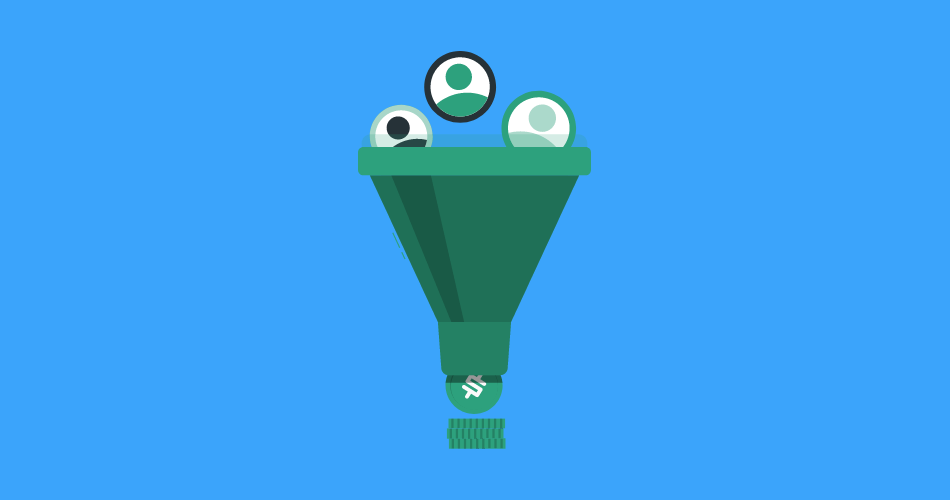Optimizing sales strategy through the customer lifecycle

Suspect, prospect, customer, it is now essential to master the customer life cycle or sales funnel to make your sales strategy profitable.
What is the customer life cycle?
The customer life cycle can be defined in different ways in marketing.
Either a literal definition corresponding to the events that the customer will experience in his life (marriage, birth of a child, etc.), or a definition relating to the relationship between the customer and the brand.
In this second case, which is of interest to us here, the customer life cycle will designate the different stages in the evolution of the relationship between the customer and the brand.
A relationship that starts long before the purchase: the suspect and the prospect
The relationship between an individual and a brand starts long before the first transaction. Even before the first interaction between the contact and the brand, if the individual corresponds to the target established by the brand, he will be considered a suspect. Subsequently, as soon as the first exchanges start and the brand is able to identify the individual, he will have the status of a prospect. The brand’s first challenge will then be to succeed in optimizing the conquest phase to transform this prospect into a customer.
These first three phases already require numerous actions on the part of the brand to increase the performance of its recruitment processes. In particular, test and learn phases and the creation of recruitment scores will make it possible to improve the relevance of the first stages of the customer life cycle.
The first transaction: the customer
Because once the contact has carried out his first transaction and acquired the status of customer, he will then be able to follow a path that will take him from new customer to loyal customer to departing customer to inactive customer and finally to reactivated customer. When you build your customer segmentation, and you study the segmentation flows over time, you can identify the main paths followed by customers.
A direct impact on business investment
The interest of knowing the customer life cycle well and being able to measure and optimize the commercial investments to be made at each stage. Obviously, from one sector to another, the customer life cycle lasts more or less time. For example, on the Internet, customers are quite volatile, whereas in the insurance sector customers are much more loyal.
The role of data science in the customer life cycle
At the various key moments in the life cycle, we will be able to use data science techniques to help the business in its actions. For example, for acquisition, we can work on recruitment scores or identify the priority profile to recruit. In order to correctly develop its customer file, it will be possible to segment it. We will set up targeted actions on the core target to increase loyalty. Another important point: we will anticipate attrition through dedicated scores. Finally, we can prioritize certain targets to be reactivated by using models specific to this problem.
Data Science will therefore be able to interfere at different moments in the customer life cycle, either through descriptive analyses or predictive analyses. The most important thing is to prioritize the actions to be taken so that the analysis system is as effective as possible. In the end, it’s a bit like building a house.
Within datacadabra, the Describe and Predict modules will allow you to work on these issues in order to optimize your action plans.
Want to know more? Do not hesitate to contact us or to ask for a demo of datacadabra.